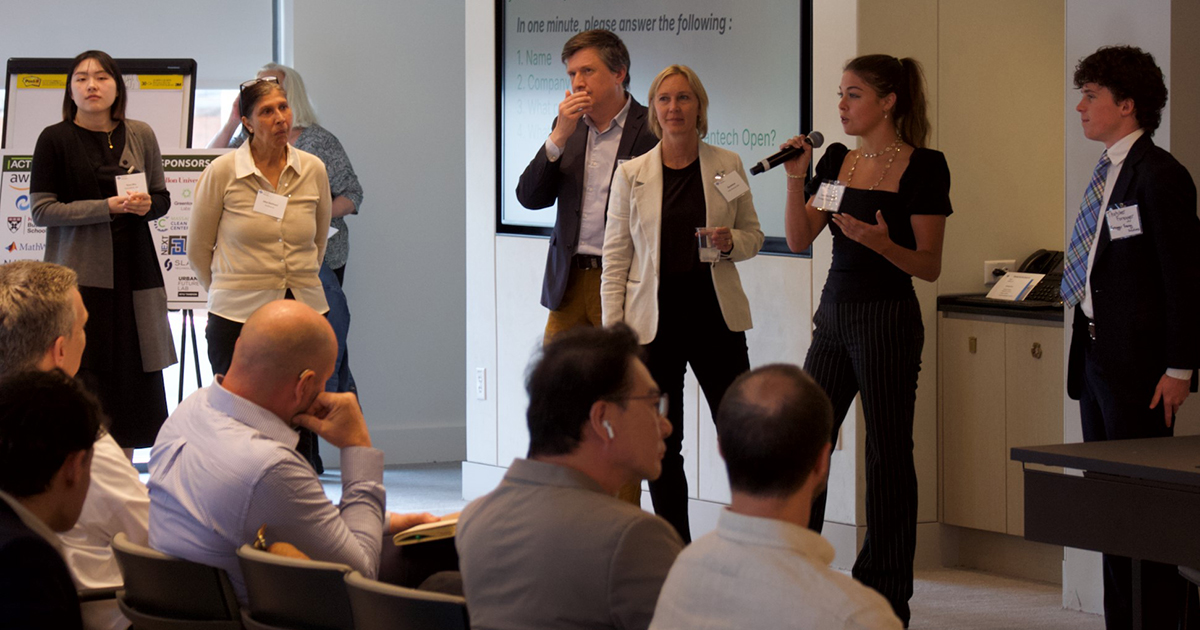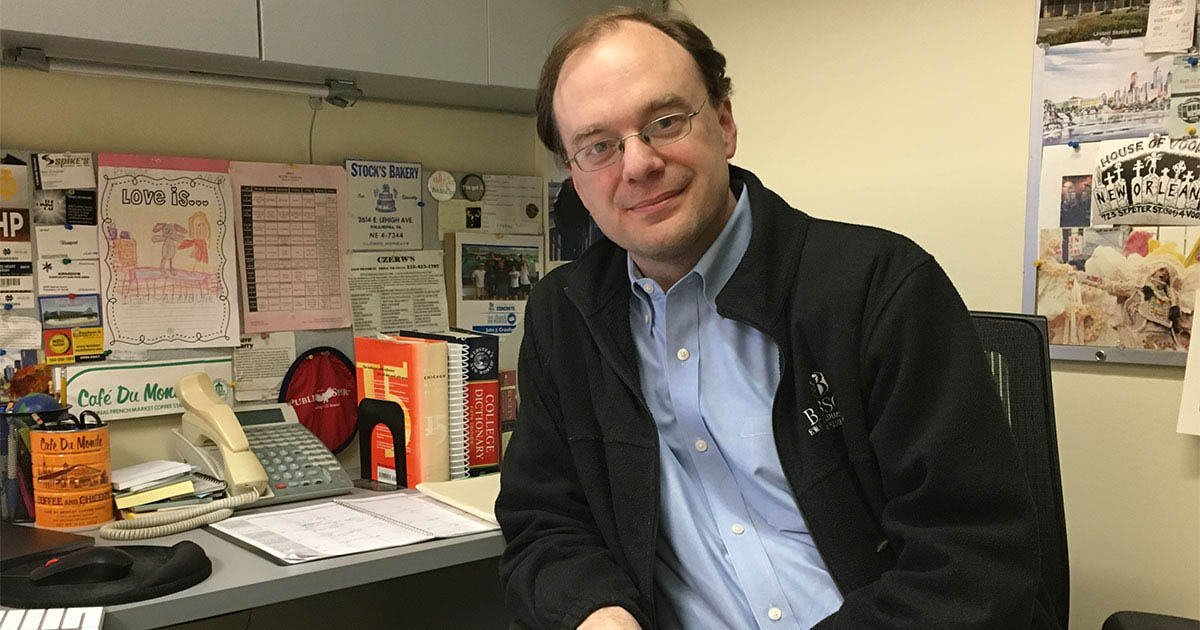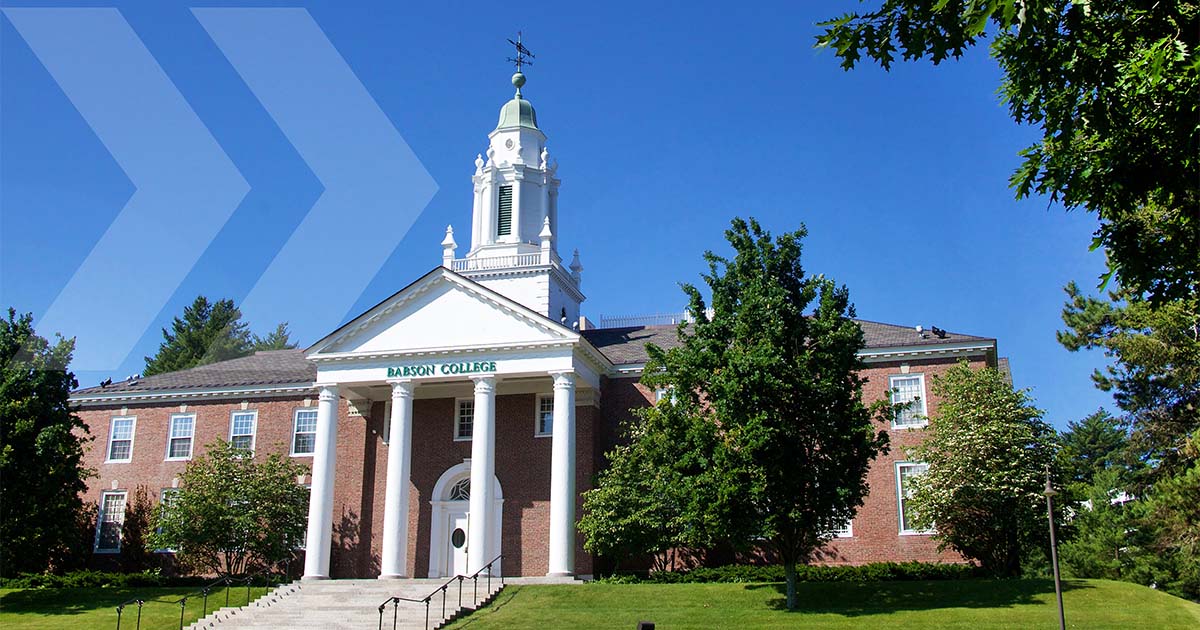Day 5: Highlighting 3 Lessons
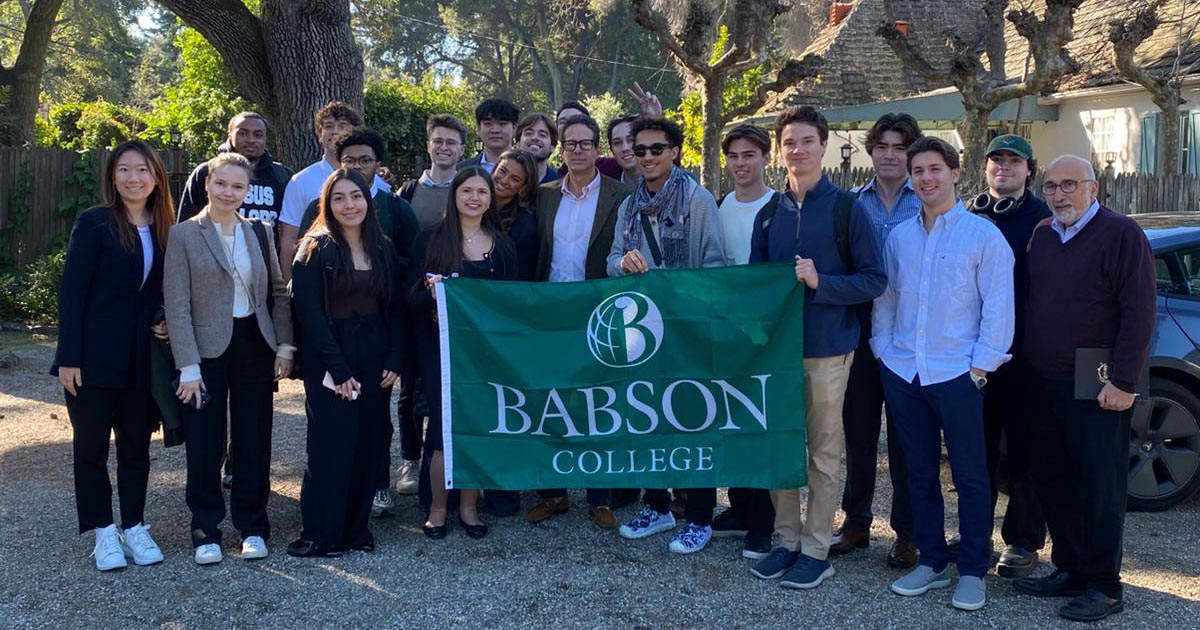
Editor’s note: The Innovation Odyssey Blog is produced by students in the Innovation Odyssey course, taught by Assistant Professor of Practice Stephen Brand. The course featured a trip to Silicon Valley in January 2025 where the students met with executives and leaders in the tech industry. Each blog will be about a specific day of the trip and the students’ experience. This post was written by the team of Cole Collins ’26, Valentina Anabalon Leon ’26, and Ian Hammer ’25.
On our penultimate day, we were fortunate enough to meet with a wide variety of future first-thinkers. Namely Ben Narasin ’87, Founder & General Partner at Tenacity Venture Capital, Toyota Research Institute, and tour Adobe Headquarters in San Jose. Throughout the day, each individual or company shared their own beliefs and experiences which all came together to establish three pillars of what it means to be a courageous, forward-thinking entrepreneur. From choosing the winning side of wantrepreneurship versus entrepreneurship, the meaning of 自働化, to solving today’s problems with the future in mind, each visit helped us craft what it means to make the world a better place.
Lesson 1: Wantrepreneurship vs. Entrepreneurship
With the staple of Babson being our entrepreneurial thought and action, it’s clear from the beginning that entrepreneurship is not for the faint at heart. At the start of our day, we met with Ben Narasin. Ben, being a Babson alum, reflected on the intensity it takes to truly make it as an entrepreneur. One of the best quotes from him was the idea of wantrepreneurship versus entrepreneurship. Ben explained that everyone can be a wantrepreneur, someone who has an idea to make change or start a business but does not act upon it. This is what separates an individual as an entrepreneur: someone who is willing to be gritty and intense and act upon those ideas, knowing the path to success is not easy. This refers to our instinctual nature to conserve energy and take the easiest path given. Picture a tree in the middle of the forest, with a large stick leaning against the tree with an acorn dangling from the top of it. The squirrel will always use the stick to get the acorn, even though it is a longer distance than running straight up the tree. As someone who is looking to innovate in the AI space, vigorous action is crucial as the speed of disruption continues to accelerate. Being able to hear stories of real experience gave me more inspiration to the acceleration behind my startups as I look for the intersection of how AI technology can help underserved and unappreciated communities through an educational approach. Hearing these insights not only underscored the importance of perseverance but also challenged us to think about how the same principles of grit and action apply to shaping the future of AI—pushing beyond convenience and comfort to create meaningful solutions that address systemic gaps and empower communities in ways previously unimaginable.
Lesson 2: Practicing 自働化
Throughout our entire week in the Valley, we repeatedly encountered concern about the power of Artificial Intelligence and how it’s changing the status quo in nearly every aspect of life. We met people who think that it is God and others who think that it’s just another tool in the toolbox. Toyota Research Institute (TRI) approaches all perspectives on disruptive technologies with a simple Japanese philosophy, 自働化 (pronounced jidōka), which translates to “automation with a human touch.” With such a perspective, TRI seeks to create technology that doesn’t replace human ability, instead amplifying it. Solutions that are built to work alongside people, not instead of. Extrapolating this principle, jidōka encourages us to solve the problems humans are facing rather than finding ways to avoid them. Furthermore, it teaches that we should prioritize alleviating pain points rather than emphasizing what the solution is. This aligned perfectly with Ben Narasin’s morning presentation, where he adamantly shared that his most successful ventures solved human-centric problems. He went on to describe the best founders he has collaborated with are dead-focused on solving the problem rather than ego-centrically pushing a solution. The message became clear: to make the world a better place, we solve human problems with human solutions using technology as means of amplifying its efficacy.
Lesson 3: It’s Not About “What’s Hot Now”
One of the central topics in this trip was innovation, something that we saw in every company throughout our trip, from smaller startups to established global brands. Meeting with Ben Narasin, his advice helped transform our understanding of innovation from just a concept into a tool that we can apply into future ventures. One of the most important pieces of advice that Ben Narasin gave was the idea of “What’s hot now.” He explained that oftentimes people or startups feel the need to jump on to the latest trend to grow. However, he explained to us that by the time you are jumping onto what is popular right now, it is already too late and the opportunity to lead in that space has already passed. Instead, he advised us to look toward the future and focus on identifying novel insights and unique ideas that fuel our passion and have the potential to develop into domain expertise.
What we learned is that the true value is in anticipating what will become important and valuable in the next three to five years, and taking the steps to build that future today. With Babson’s focus on entrepreneurship, there are many important lessons to take from Ben Narasin. Innovation is not just about following the crowd or chasing the newest fleeting trend but rather about being bold enough to invest in ideas that might not be obvious to others yet. The newest innovations coming out of Silicon Valley are not fortuitous, they are the result of taking calculated risks and having a long-term vision. To create something truly transformative, we must find something that we are passionate about and create solutions that don’t just follow trends but set them.
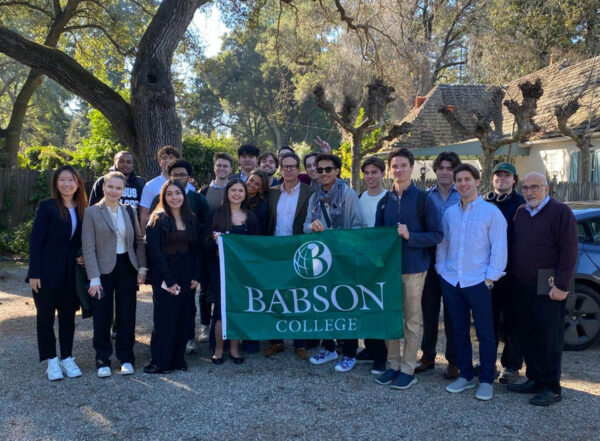
Posted in New Tech Ventures Blog

